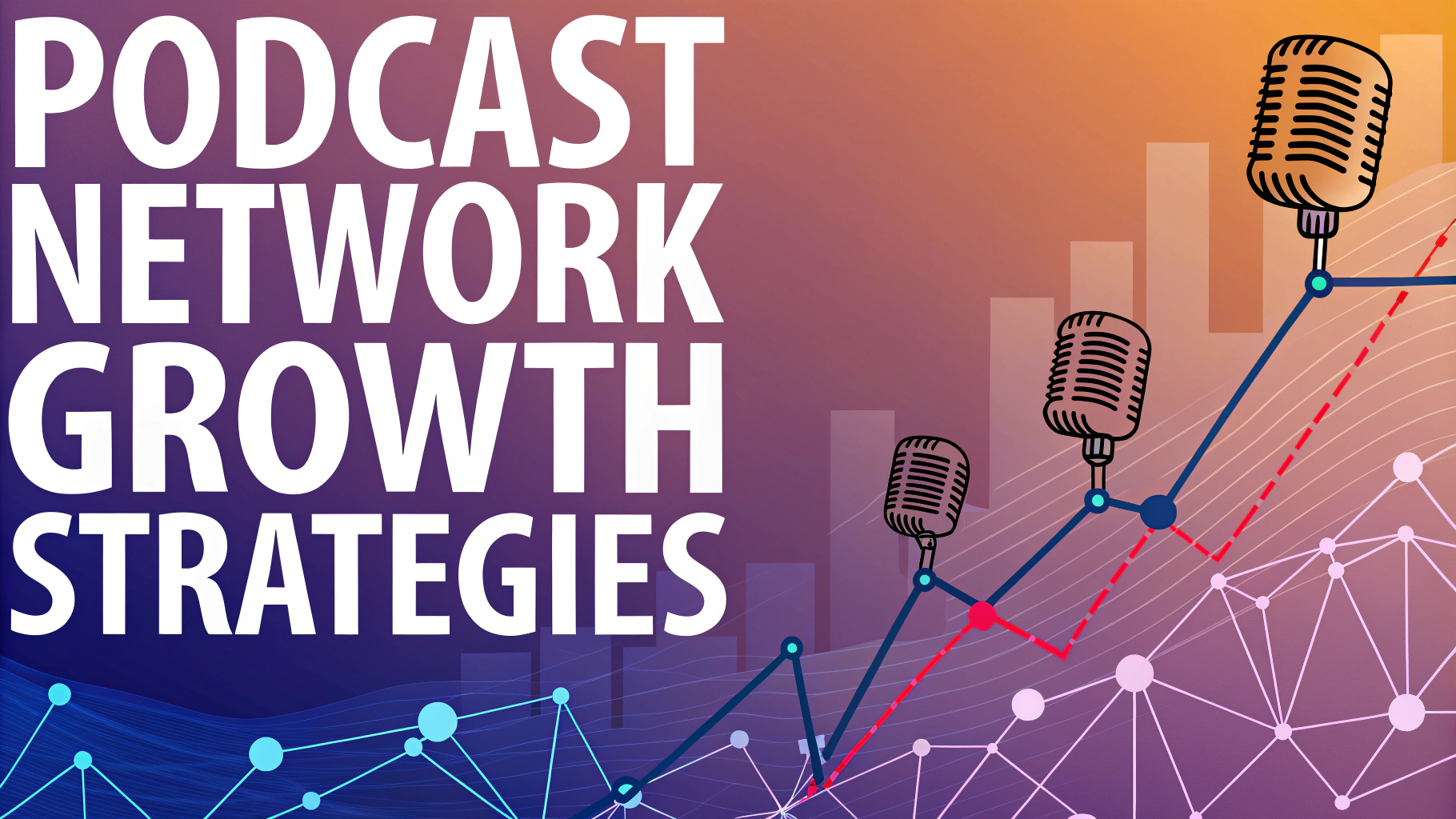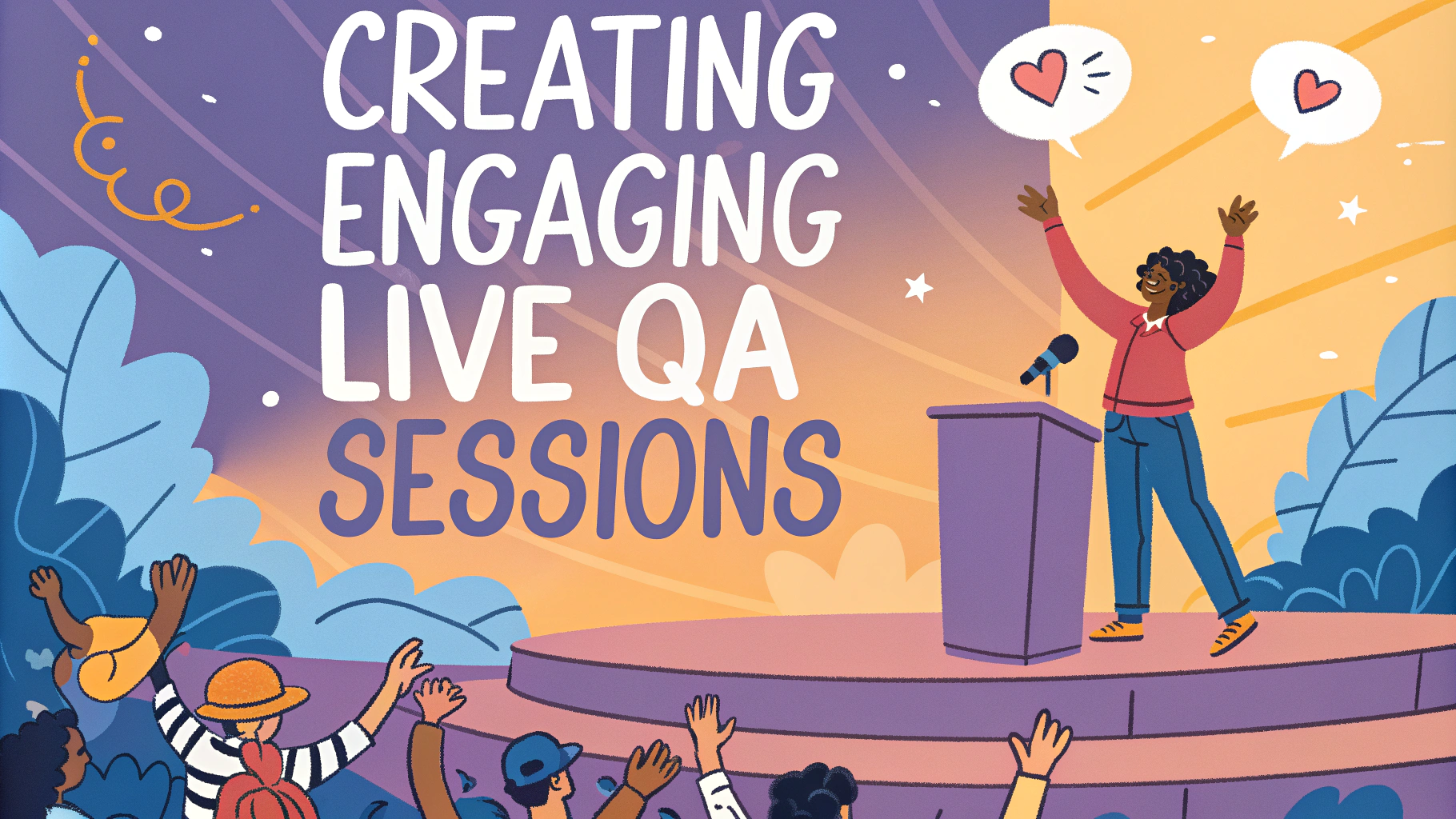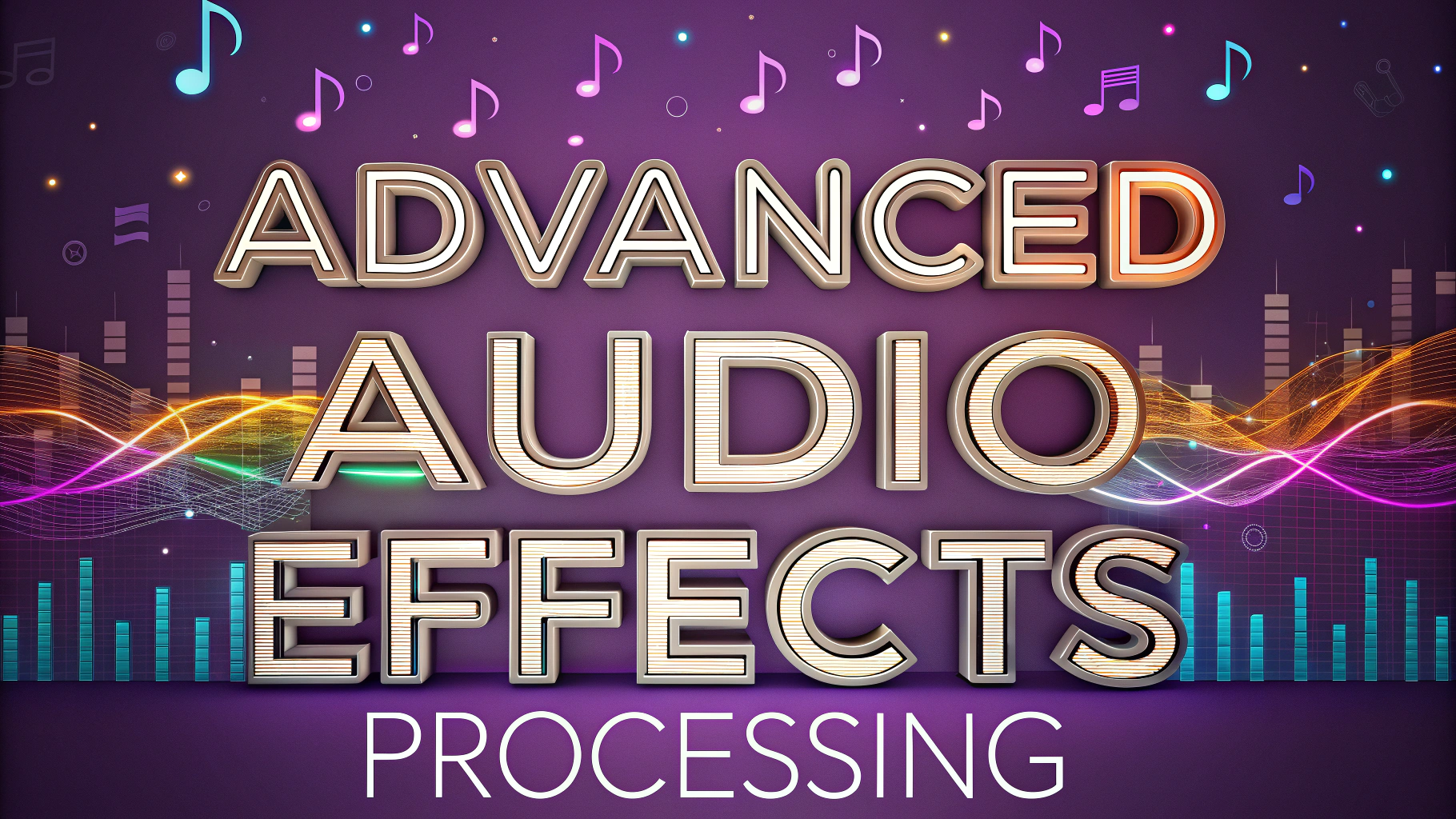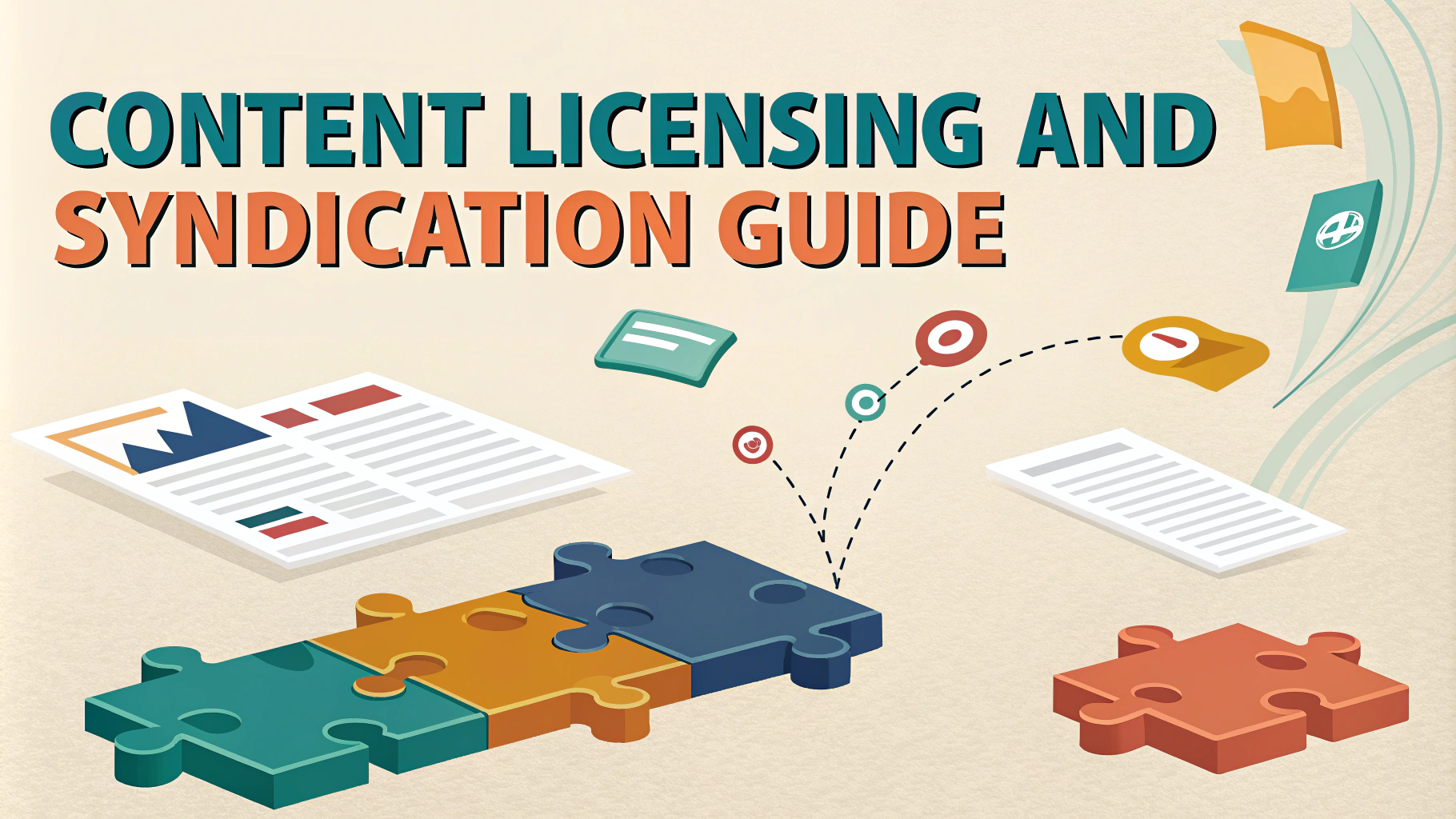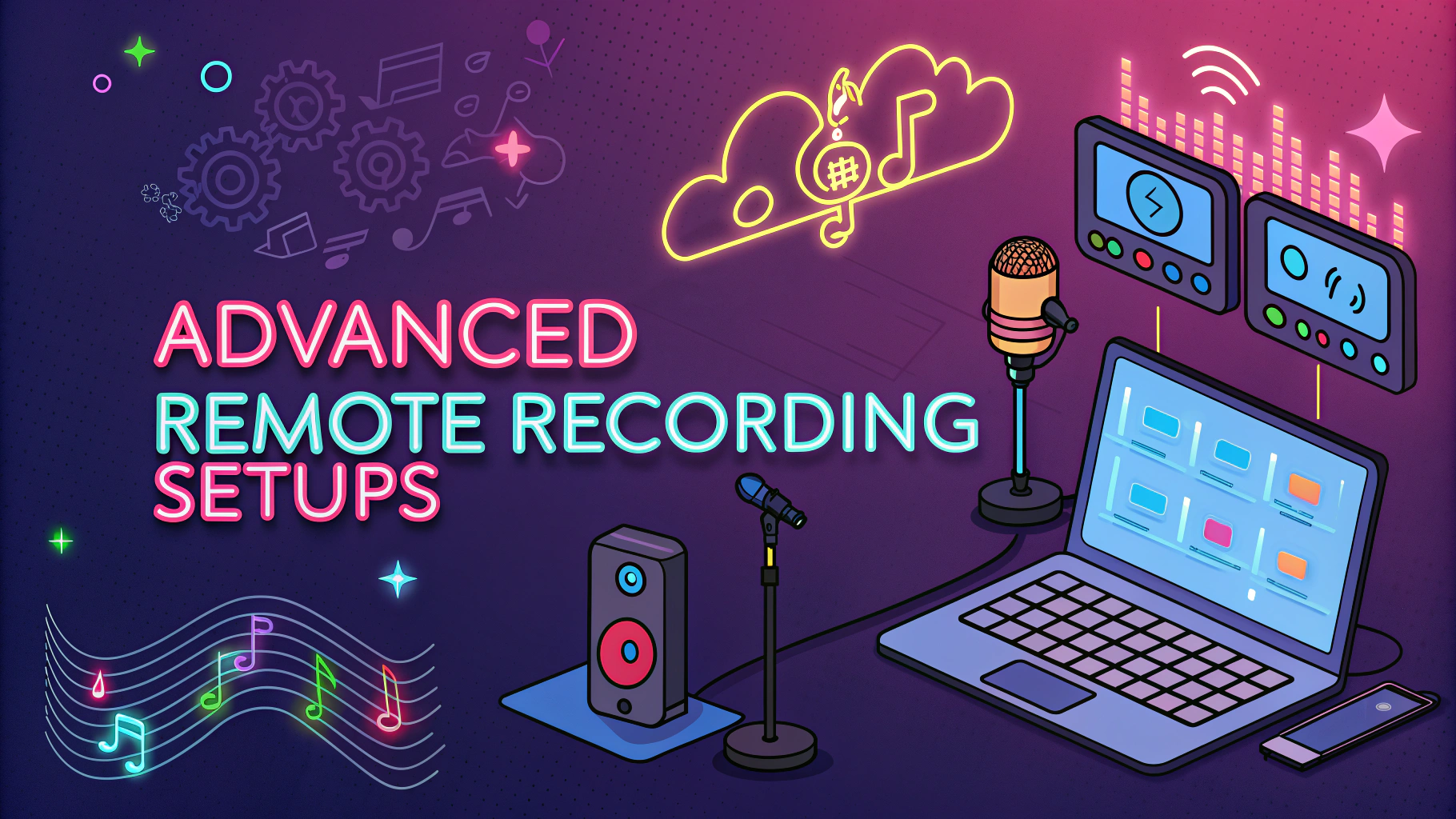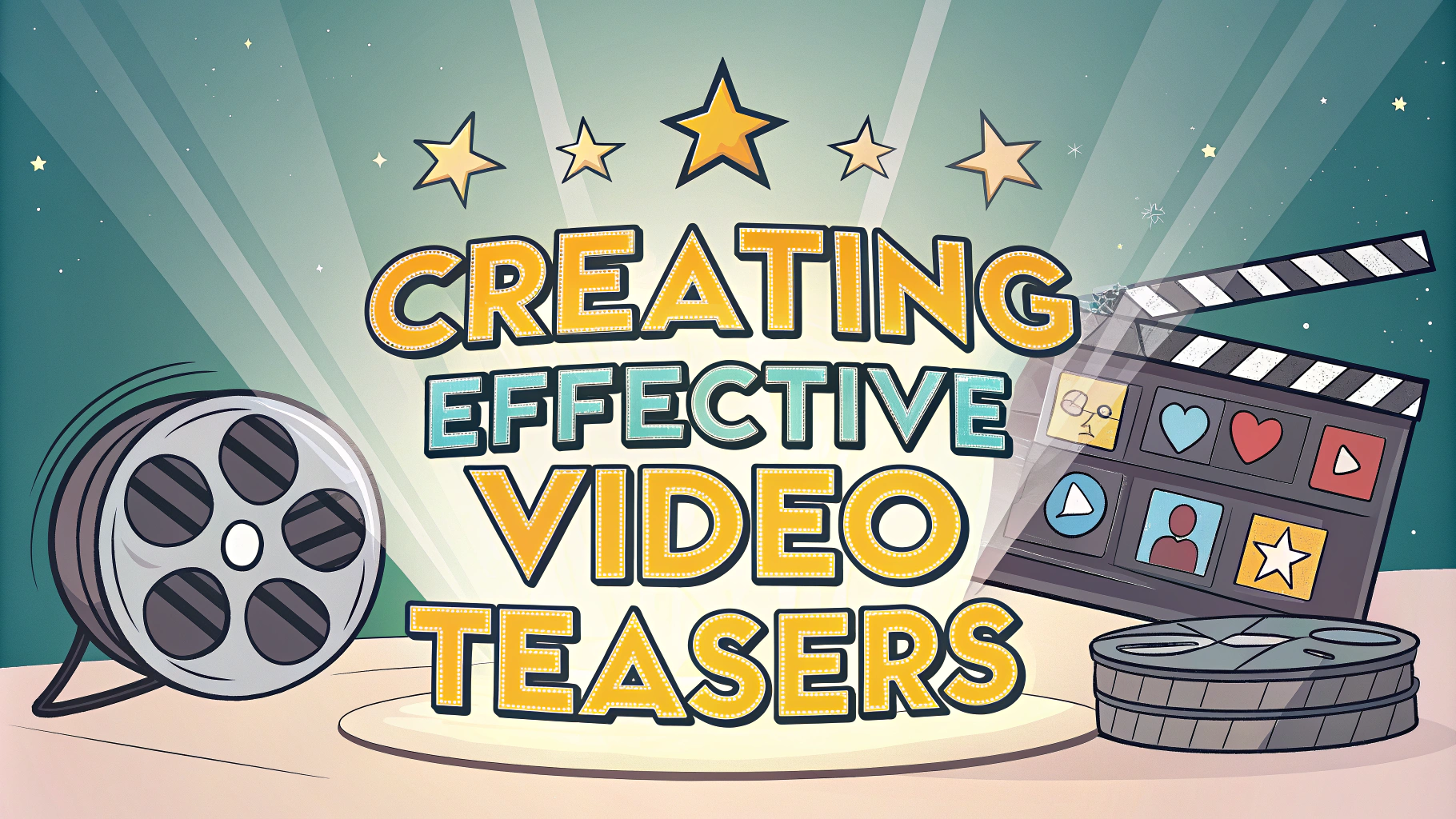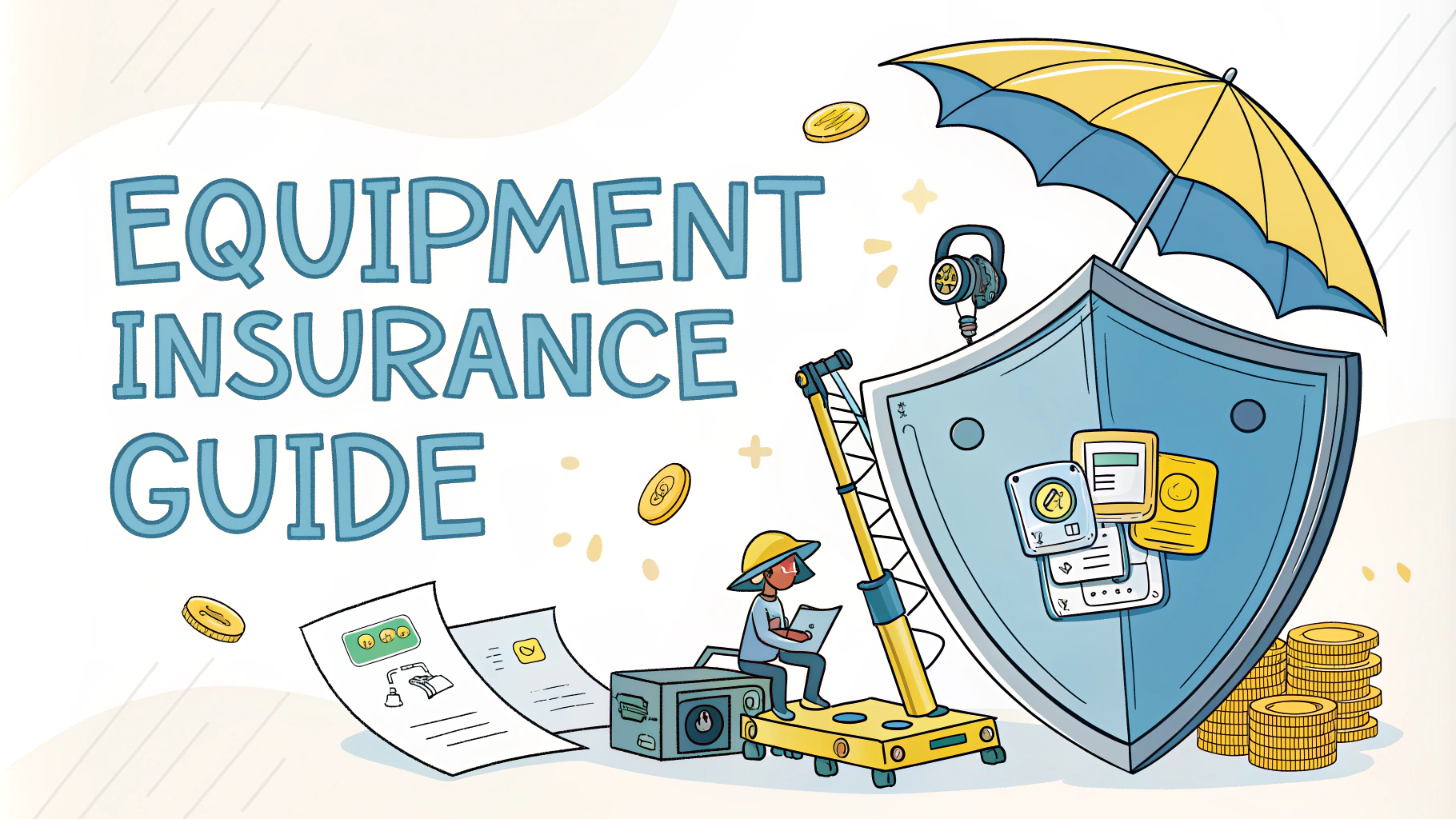Audio processing chains form the backbone of professional podcast production, transforming raw recordings into polished, broadcast-ready content.
Setting up an effective processing chain requires understanding key audio components like EQ, compression, and noise reduction – each playing a specific role in sound enhancement.
This quick guide breaks down the essential steps and tools needed to create a professional-sounding podcast through proper audio processing.
Basic Components of an Audio Processing Chain
A standard podcast processing chain follows this sequence:
- Noise Gate: Removes unwanted background noise when not speaking
- EQ (Equalization): Shapes the frequency response of vocals
- Compression: Controls dynamic range and levels
- De-esser: Reduces harsh sibilant sounds
- Limiter: Prevents audio peaks from clipping
Recommended Processing Settings
Start with these baseline settings for podcast vocals:
- Noise Gate: Threshold -50dB, Attack 10ms, Release 100ms
- EQ: High-pass filter at 80Hz, slight boost at 3-5kHz for clarity
- Compression: 4:1 ratio, -18dB threshold, 10ms attack, 100ms release
- De-esser: Target frequency 6-8kHz, 3-6dB reduction
- Limiter: -1dB ceiling, 0.3ms lookahead
Popular Audio Processing Software
- Adobe Audition – Professional-grade DAW with built-in processing tools
- Audacity – Free, open-source option with essential processing capabilities
- Reaper – Cost-effective DAW with powerful processing features
- iZotope RX – Specialized audio repair and enhancement suite
Common Processing Mistakes to Avoid
- Over-compression leading to unnatural sound
- Excessive EQ boosting causing harshness
- Setting noise gate threshold too high, cutting off speech
- Applying effects in wrong order
- Not monitoring with quality headphones
Processing Chain Templates
Save time by creating processing chain presets for different recording scenarios:
- Solo Voice Template
- Multiple Speaker Template
- Remote Interview Template
- Field Recording Template
Hardware Processing Options
Consider these hardware processors for real-time processing:
- DBX 286s – Channel strip processor ($200-250)
- Focusrite ISA One – Premium preamp/processor ($500-600)
- RØDECaster Pro – All-in-one podcast production studio ($600-700)
Next Steps for Your Podcast Audio
Test your processing chain with different voice types and recording environments before finalizing settings.
Regular maintenance of your processing chain includes updating software, backing up presets, and monitoring for audio quality changes.
Consider booking a session with an audio engineer for personalized chain optimization – contact the Audio Engineering Society (www.aes.org) for referrals.
Advanced Processing Techniques
Beyond basic processing, these advanced techniques can elevate podcast audio quality:
- Parallel compression for natural-sounding dynamics
- Multi-band compression for frequency-specific control
- Mid-side processing for stereo enhancement
- Adaptive noise reduction for variable background noise
Monitoring and Quality Control
Essential Monitoring Equipment
- Studio-grade reference headphones
- Near-field monitor speakers
- Audio interface with reliable D/A conversion
- Room treatment for accurate listening
Quality Control Checklist
- Check levels across different playback systems
- Monitor for processing artifacts
- Verify loudness standards compliance
- Test on consumer devices
Processing Chain Optimization
Regular optimization ensures consistent audio quality:
- Monthly preset adjustments based on feedback
- Quarterly software updates and maintenance
- Regular calibration of monitoring equipment
- Documentation of successful processing chains
Mastering Your Podcast Sound
Developing a signature sound requires ongoing refinement of your processing chain. Create backup templates, maintain detailed documentation, and regularly test new processing tools and techniques. Remember that the best processing chain is one that enhances your content while remaining transparent to listeners.
Connect with other podcast producers through industry forums and workshops to stay current with processing trends and technologies. Consider professional training or certification to deepen your audio processing expertise.
FAQs
- What is an audio processing chain in podcasting?
An audio processing chain is the sequence of effects and processors applied to an audio signal, typically including noise reduction, EQ, compression, and limiting to achieve professional sound quality. - In what order should I arrange my podcast audio processors?
The standard order is: noise reduction/gate first, then EQ, followed by compression, de-essing if needed, and limiting as the final stage. This order prevents unwanted artifacts and maintains optimal signal quality. - What level should I aim for when mastering my podcast?
Target an average loudness of -16 LUFS for stereo and -19 LUFS for mono podcasts, with peaks not exceeding -1 dBTP (True Peak) to ensure compatibility across different platforms. - Do I need both compression and limiting in my processing chain?
Yes, compression controls dynamic range throughout the recording, while limiting prevents digital clipping and ensures consistent final output levels – they serve different but complementary purposes. - What’s the ideal ratio for podcast compression?
Start with a ratio between 2:1 and 4:1, with a threshold around -18dB to -24dB. This provides natural-sounding dynamic control without making the voice sound over-processed. - How do I eliminate room echo in my podcast recording?
Use a combination of proper microphone technique (close-mic positioning), acoustic treatment, and subtle EQ cuts in the 200-400Hz range where room resonances often occur. - What frequencies should I target with EQ for voice clarity?
Cut between 100-300Hz to reduce muddiness, apply a slight boost around 2-4kHz for presence, and a high shelf boost around 8-10kHz for air and clarity. Every voice is different, so adjust accordingly. - Should I use multiband compression for podcast vocals?
Multiband compression is typically unnecessary for most podcasts. Standard single-band compression is sufficient unless dealing with specific frequency-dependent issues or highly dynamic voices. - How can I reduce plosives and sibilance in my processing chain?
Use a high-pass filter around 80-100Hz for plosives, and a de-esser set between 5-8kHz for sibilance control. Proper microphone technique and pop filters should be your first line of defense. - What’s the best way to handle multiple speakers in a podcast mix?
Process each voice separately with individual EQ and compression settings, then use bus compression to glue the mix together. Maintain consistent levels between speakers using automation or careful gain staging.

